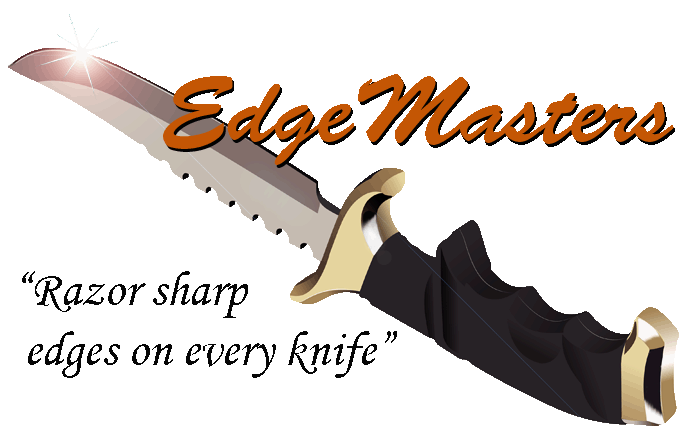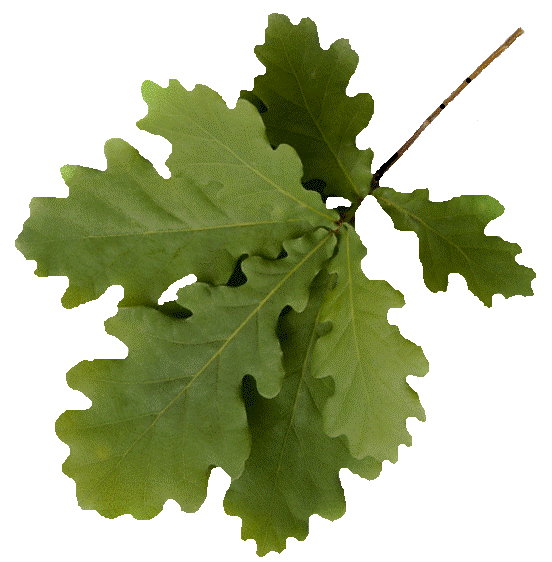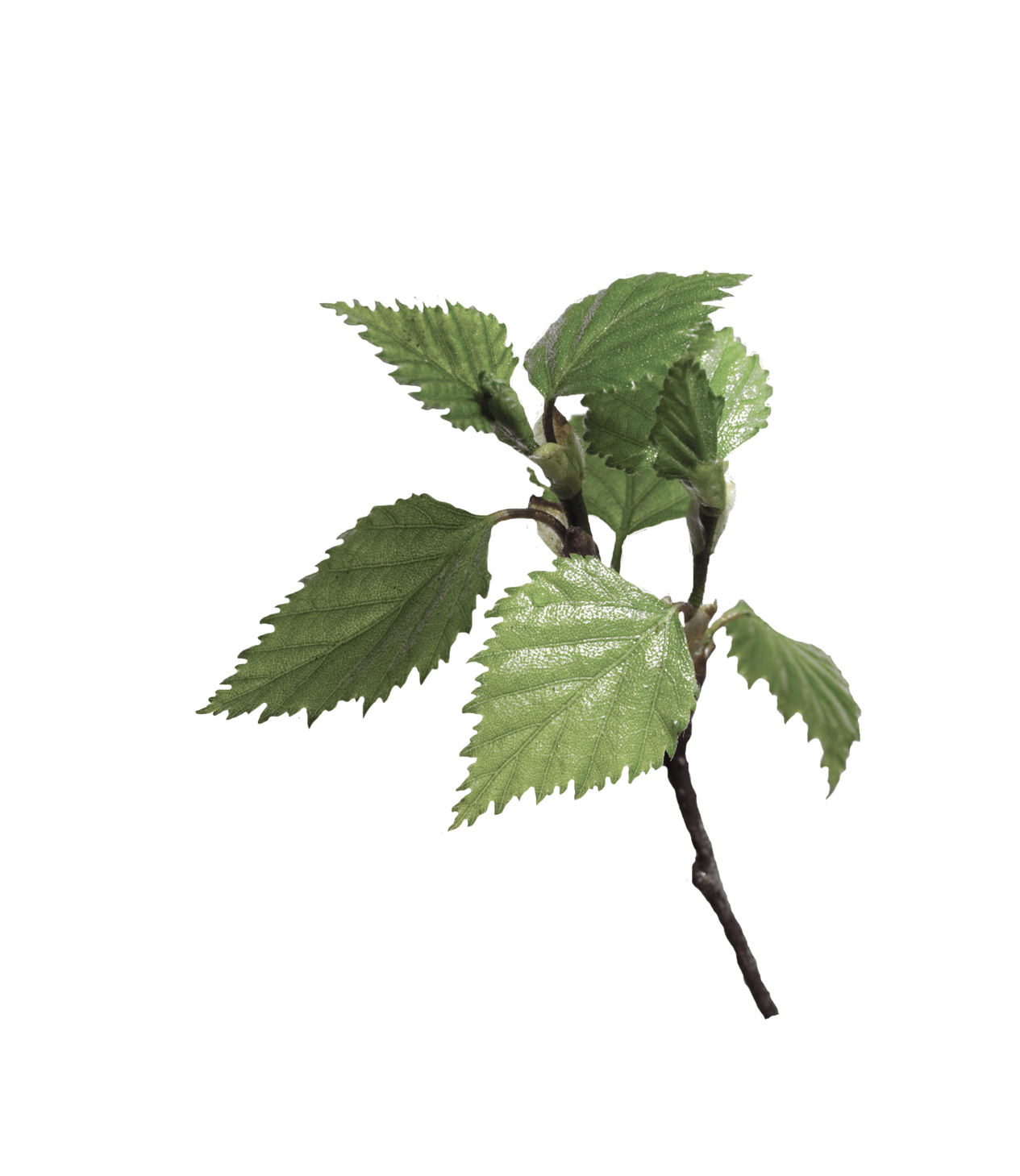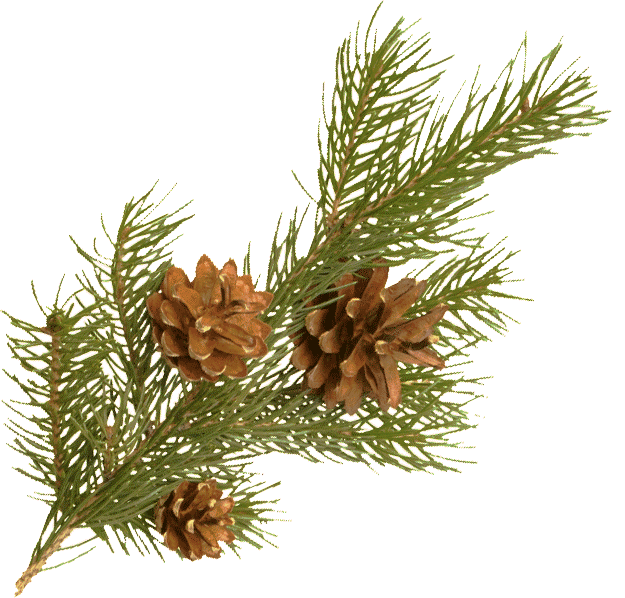EdgeMasters - The Knife
Proverbs 27:17 "As iron sharpens iron, so one man sharpens another."
The Knife
The knife is one of man’s oldest tools. Before considering the knife’s make up, let’s consider the design of the knife in the first place. Its ancient purpose certainly centered on necessity and survival and probably self-defense. There was certainly no place a knife couldn’t be secured when needed. Ancient knives were first made of flint that was easily shaped and sharpened then redone when needed. Knowledge then led into the ability to grind the flint into the desired shape. As time, talent, and ability grew so did the options for the knife. Copper and bronze were used as blades later on, and finally iron. Knives of today offer a multitude of options as compared to years’ past, but what makes a knife remains relatively unchanged.
There are about 11 components that make-up the knife. The two obvious ones are the blade and handle. Blades can have a plain edge, serrated (saw-toothed) edge, or a combination of both. Looking at the handle you can tell whether or not the tang is partial or full. The tang is the portion of the blade that extends into the handle. The partial tang, or stick tang, goes into the handle only part way while the full tang is the length of the handle. It is frequently visible on the top and bottom of the handle.
The handle may include a bolster which is a piece of brass or other metal whose job is to balance the knife. Between the handle and the blade is the guard whose job is to protect the hand from an opponent or from the blade itself. Moving onto the blade there are six defined areas adding to its total makeup. Let’s start at the tip and move back towards the guard and handle. The tip of the blade is called the point and is used for piercing. The edge makes up the cutting surface and consists of the area from the point to the heel, or the grind, the cross section shape of the blade.
The spine is the top part of the blade that is the thickest. And the fuller is the groove along the top to lessen the weight of the blade. Then there is the ricasso. It is the thick part of the blade where the handle and blade meet with the guard between it and the handle. The butt, the end of the handle, may have a place to attach a lanyard for securing the knife. Many knives come with sheathes for carrying them or attaching them to a belt, backpack, or saddle, etc.
You won’t need to pass a test in order to own a knife, but it is nice knowing the lingo when you are hanging out with the knowledgeable folk!
Professional Knife Sharpening
719-475-8553








